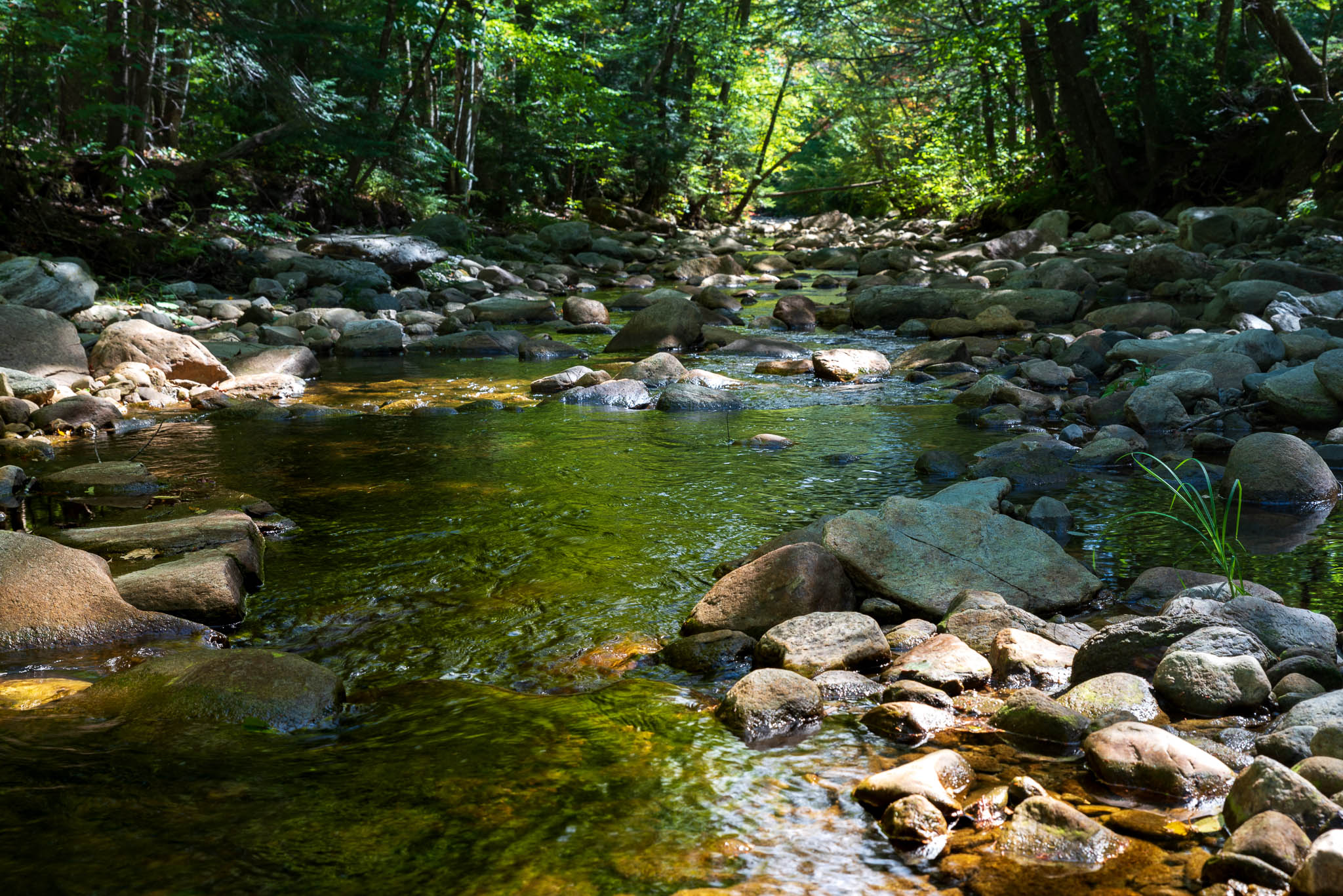Montpelier – H.466, a new bill that will help Vermont protect its surface waters, passed second reading in the Vermont Senate today. Its recent passage in both the Vermont House and the Senate represents a significant step toward thoughtful climate-resilient protections for our rivers, streams, lakes, and ponds, while ensuring equitable access for surface water users in the future.
Connecticut River Conservancy, Conservation Law Foundation, National Wildlife Federation’s Northeast Regional Center, Vermont Council of Trout Unlimited, and Vermont Natural Resources Council released the following statements as the bill moves back to the House before heading to the Governor’s desk.
“H.466 is important to all of those who rely on surface water for their business and those who enjoy numerous outdoor activities including fishing and swimming. In the face of increased droughts due to climate change, we are hopeful that this bill will result in equitable access to surface water for users, while protecting the ecosystems of our streams and rivers. Vermont is behind our neighboring states in providing this protection,” said Kathy Urffer of the Connecticut River Conservancy.
“As the climate crisis threatens watersheds across Vermont, it’s critical that we take decisive action to protect this invaluable resource,” said Conservation Law Foundation attorney Mason Overstreet. “While this bill is a huge step forward, it’s disappointing that legislators have exempted the agriculture industry from greater oversight. Still, this will begin the process to protect our waters and ensure their resilience for years to come, and the House must pass it.”
“Unregulated water withdrawals from rivers and lakes have been a simmering issue for fishers for a long time because we see them while participating in our sport, and know that no one is paying attention to them,” said David Deen, former state representative and council member of the Vermont Council of Trout Unlimited.
“As a member of the Study Committee appointed by the Legislature last year to develop H.466, I am disappointed that the Senate Agriculture Committee, and likely now the Senate, has exempted agriculture from accountability for water diversions, ignoring the Study Group’s expert recommendation that everyone has to be part of the solution, but what remains of the original legislation is certainly a step forward,” Deen offered.
Jon Groveman of the Vermont Natural Resources Council stated, “It is important that Vermonters understand that the State has little to no knowledge of the overall impact of these unregistered and unregulated water withdrawals from our rivers and lakes.”
As periods of drought increase and seasonal weather patterns grow more erratic, and we face increased developmental pressure, demands for surface water from industrial, agricultural, and municipal users are growing. Simultaneously, no standards exist under Vermont law to protect downstream users access to the amount of water that remains in a stream after a withdrawal. Only a few select surface water users are required to report and apply for a permit, including ski areas withdrawing water for snowmaking, de minimus users, and those triggering a federal water quality certificate. As a result, the State has little to no knowledge of the impact of water withdrawals.
In response to this issue, two years ago, the Legislature passed Act 173, which convened an expert study group to investigate and make recommendations to the General Assembly regarding the environmental, economic, and recreational impacts of surface water diversions, including the transfer of surface water between watersheds. H.466 is the product and recommendation of that study group, which sets forth future actions that will be informed by registration and monitoring data from existing withdrawals.
About:
Since 1952, Connecticut River Conservancy has been the voice for the Connecticut River watershed, from source to sea. We collaborate with partners across four states to protect and advocate for your rivers and educate and engage communities. We bring people together to prevent pollution, improve habitat, and promote enjoyment of your river and its tributary streams. Healthy rivers support healthy economies. To learn more about CRC, or to make a contribution to help protect the Connecticut River, visit www.ctriver.org.
Trout Unlimited works to protect, reconnect, and restore the places we love to fish through a national network of local chapters: The chapters of Trout Unlimited in Vermont are: Southwest Vermont, Central Vermont, Greater Upper Valley, Connecticut River Valley, and the MadDog Chapters.
Through research, education, collaboration and advocacy, Vermont Natural Resources Council protects and enhances Vermont’s natural environments, vibrant communities, productive working landscapes, rural character and unique sense of place, and prepares the state for future challenges and opportunities.
Conservation Law Foundation protects New England’s environment for the benefit of all people. We use the law, science, and the market to create solutions that preserve natural resources, build healthy communities, and sustain a vibrant regional economy. CLF’s approach to environmental advocacy is distinguished by our close involvement with local communities; our ability to design and implement effective strategies; and our capacity for developing innovative and economically sound solutions to our region’s most critical environmental challenges. Learn more at www.clf.org.
The National Wildlife Federation, America’s largest and most trusted conservation organization, works across the country to unite Americans from all walks of life in giving wildlife a voice.
###




